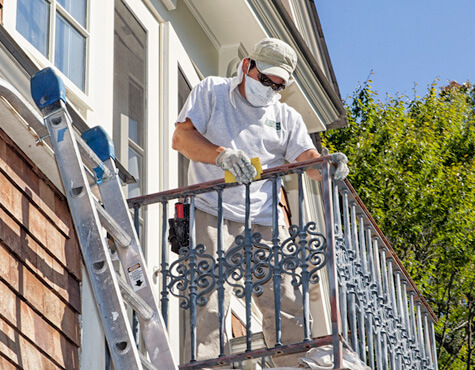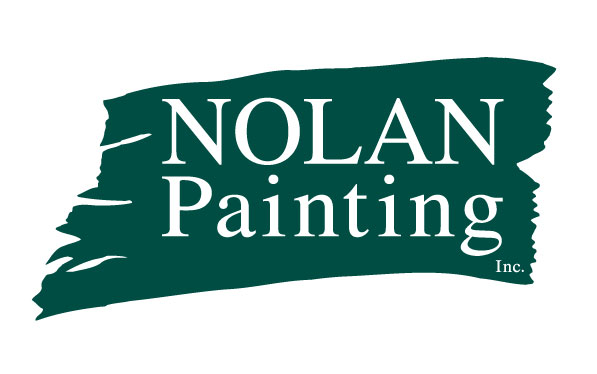Why Good Surface Prep Is The Key To Painting and Preserving Metal Gates and Fences

Philadelphia is known to be a “wrought iron town.” Wrought iron creates a beautiful aesthetic effect both outside and inside your home, and has become a popular trend. Unfortunately, with so much metalwork, there comes rust, decay, and the need for refurbishing. Metalworks generally get less care than other parts of the house, but a lot of times they need the most. A little TLC for exterior and interior metalwork can make a big difference.
Corrosion and Rust: Is There a Solution?
Whether the wrought iron is a century old or brand new, it is still subject to corrosion. But there’s good news: a coat of paint is the best defense against wear and tear. Paint protects the iron from rust by providing a coat over the iron so that oxygen and moisture (the factors that lead to oxidization) can’t get at it.
Nowadays, there are a number of beautiful paint colors that are formulated to give metal a durable, lead-free, and lustrous finish, while protecting it from wear and tear. Black, bronze, or very dark green or grey are the best colors for painting wrought iron; steer clear of lighter colors where rust stains will bleed through and become much more visible than they would in a darker color.
Even though paint protects iron, a poorly done paint job can be more damaging than just leaving the iron alone. Amatuer painters aren’t always able to do the prep work it takes to create an undamaged surface, and a damaged surface can let in oxygen. Paint also takes in oxygen, which is why chipped or uneven paint can facilitate the spread of rust. Even a tiny bit of rust can spread, since the properties of rust make it more “open” to letting in oxygen than a non-rusty surface.
In addition, paint fades, especially if applied incorrectly. This can enhance corrosion, as the properties of the paint mix with iron’s natural tendencies toward rust. In the end, if done incorrectly, the attempt to bring more beauty can do more harm. So how can you ensure long-lasting and effective results when preserving metal gates and fences?
Preparation Is Key
Paint may be the best protection against metal decay, but it’s not quite as simple as slapping a fresh layer on. Just as you would when painting your walls, it’s necessary to do some inspection and prep work before painting your metal surfaces. To ensure the best paint job possible, you want to grind or sand off the excess rust and bring down the level of corrosion. A good grinding can bring your metalwork down to a base level so that when you repaint, the finish looks as clean as possible.
Our dustless sander (and our professional painters trained to use it) can prepare metal surfaces for painting by grinding away rust buildup on the surface, and can contain debris with its built-in vacuum and filter, ensuring that as few harmful particulates as possible end up in the air while sanding.
Many older paints, especially those used for metalwork, contain lead, which can be harmful if inhaled or ingested. All of our painters are EPA-certified for lead abatement for the safe and effective removal of lead-based paints. Our highly trained staff will keep a keen eye on safety during removal and repainting to ensure that you and your family will be satisfied and healthy after the job is complete.
If you’re thinking about a new project, we offer a free estimate to get it off the ground. Fill out our online form to get started.

